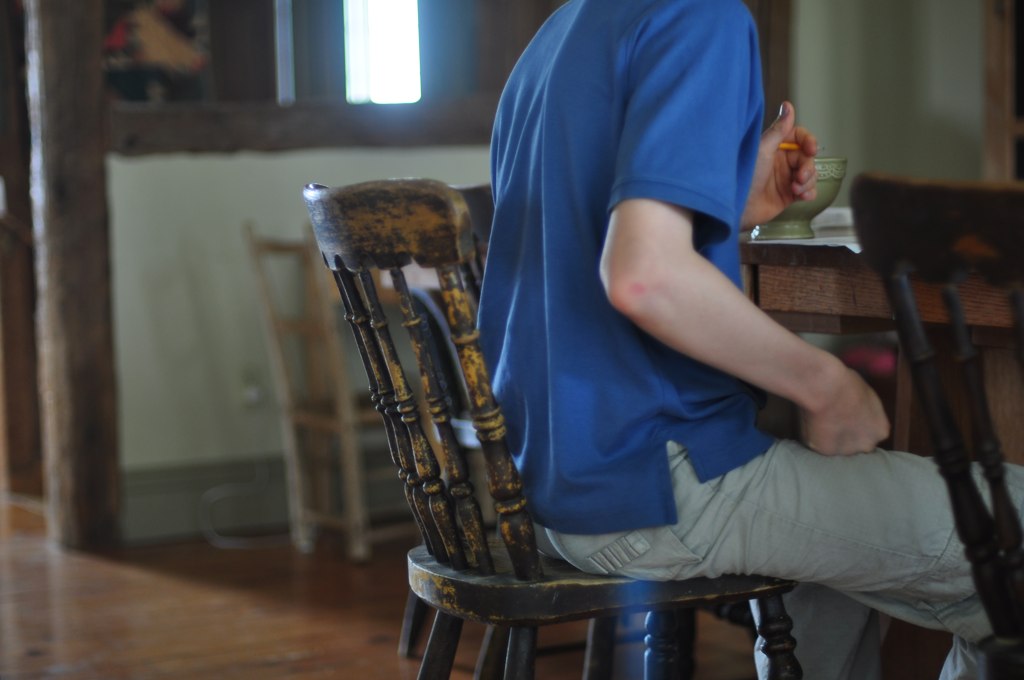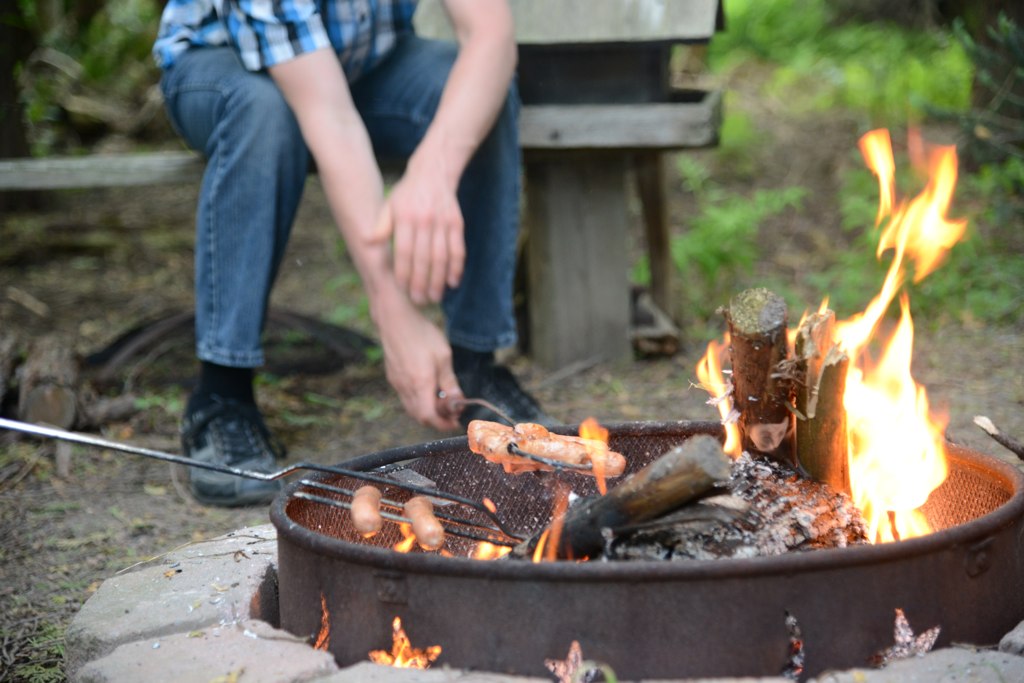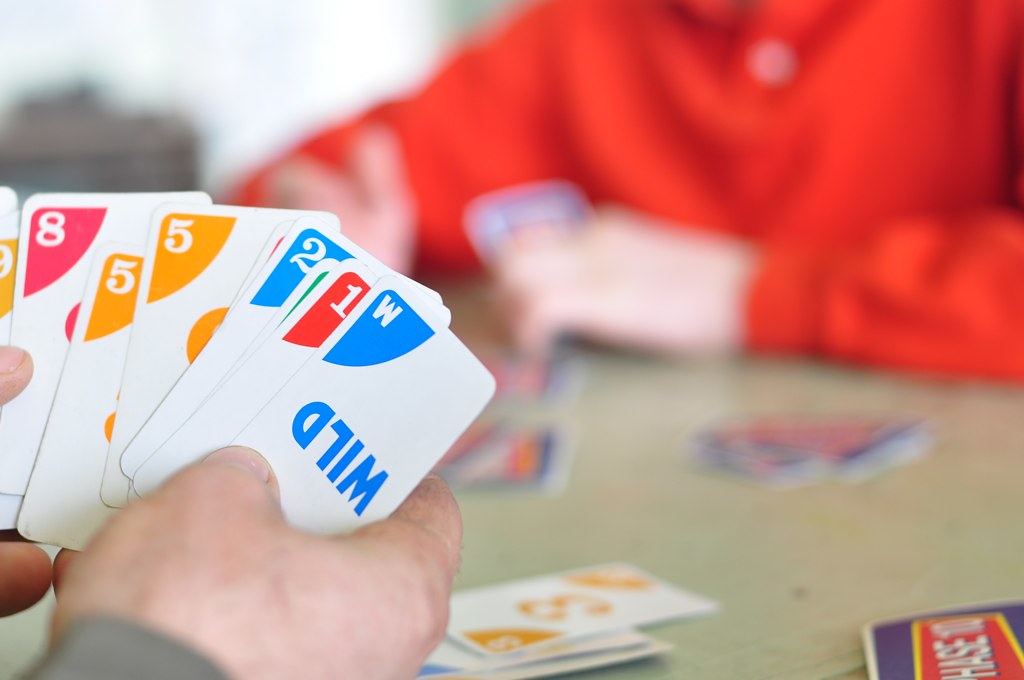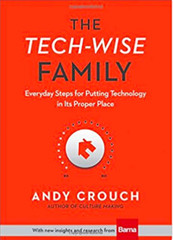You may know Andy Crouch as I know him—as a brilliant author and speaker who consistently offers wisdom to the church on how to be creators of culture. His new book certainly continues that work, but it also reflects another side of Andy: a dad who has poured his life into the two children—now teenagers—he has raised with his wife Catherine. I can’t think of a more crucial topic than this book—the way technology is shaping, or misshaping, family life — The Tech-Wise Family. Andy is not anti-technology, but he sees, as so many of us do, the dangers of letting technology crowd out the best parts of family life—cooking, playing, talking, singing, and praying. This isn’t a book about getting rid of technology, but about using it wisely, in the right places and times—and keeping it out of the wrong places and times. It’s a grace to welcome Andy to the farm’s front porch today…
All the best things we want for our families—our children and ourselves—involve creating, rather than consuming.
And the best way to have a creative life, rather than a consumer life, is to make it part of the furniture.
Fill the center of your life together—the literal center, the heart of your home, the place where you spend the most time together—with the things that reward creativity, relationship, and engagement.
Push technology and cheap thrills to the edges; move deeper and more lasting things to the core.
This was once natural, indeed unavoidable.
Almost every home once had a hearth, the fire that gave warmth, light, heat for cooking—and entertainment, too, with its dancing flames and distinctive glow. The Latin word for hearth, focus, reminds us that fire was once the center of our homes.











Fire is a marvelous tool—maybe the first human tool. But it is not technology in the sense we usually use the word, with its easy-everywhere simplicity. Fire is dangerous and difficult to work with. Tending a fire, outside or indoors, requires skill, work, and care.
Today, we have furnaces instead of hearths.
Furnaces warm our homes effortlessly, but they do nothing to concentrate our energy, relationship, attention, and delight the way the hearth did.
They ask nothing of us (except prompt payment of the monthly heating bill) and they give us one simple thing: easy warmth everywhere. Reflecting their unrewarding and disengaged nature, we put them somewhere out of the way, in a closet or in a basement. Rightly so—a furnace is a boring thing, and usually ugly, too.
But homes still need a center, and the best things to put in the center of our homes are engaging things—things that require attention, reward skill, and draw us together the way the hearth once did.
So here is a simple test of whether your home is a tech-wise space:
find the place that is its emotional center—the place where your family spends the most time and the most energy—and take an inventory of what you see there.
Are the most visible things more like a hearth, or more like a furnace?
Our own home is a smallish building, with three bedrooms on the second floor and an open living space on the first floor—living room, dining room, and kitchen all flowing together. We’ve worked over the years to arrange that space in a way that minimizes technology’s presence.
If you walk into our first floor, you’ll see paintings. Books. A few (impressively hardy) house plants. A grand piano and a string quartet’s worth of instruments. A cabinet full of board games. An oven and stovetop. A dining table, with candles on the table and in the chandelier overhead. And, yes, a fireplace we were lucky enough to acquire with the house.
What do these furnishings have in common?
Some are basic and essential—the dining table and the stove. Others, like the art and the piano, are in one sense totally optional. But all of them require skill and attention, and sometimes a great deal of both, to deliver their rewards.
Our house is hardly a technology-free zone. If you look carefully you can see plenty of easy-everywhere technological devices, from the dishwasher and refrigerator to the electric lights overhead—as well as the invisible radio frequency signals carrying cell and Wi-Fi data.
But almost all the devices on our first floor can be—and regularly are—replaced by thoroughly non-technological items.
Bookshelf speakers provide music, but we can also sit down at the piano, or pull out the violin, and make our own.
We can microwave our meals (which is great for making the best use of leftovers), but we can—and mostly do—cook them from scratch.
Even the lights and the heat can be replaced by candles and fireplace. Some of our happiest times as a family have been spent on this first floor, lit entirely by candlelight and the glow of a wood fire. Why wait for a power outage?
The Wi-Fi and cell signals are there, all right—but we can choose to ignore them, turning instead to conversation, music, books, or silence. Indeed, on Sundays that is what we intentionally do, all day long.
And all the most beautiful and striking things—everything that would start a conversation or capture a child’s attention—require our active engagement.
Children love this, by the way.
They thrive in a world stocked with raw materials. Too often, and with the best of intentions, we fill their world with technology instead—devices that ask very little of them. A cheap electronic keyboard makes a few monotonous sounds, while an expensive one promises to make all kinds of sounds. But actually, neither the cheap keyboard nor the expensive one has anything like the depth and range of possibility of an acoustic piano.
A single pencil can produce more “colors” of gray and black than the most high-tech screen can reproduce. For a child’s creative development, the inexpensive, deep, organic thing is far better than the expensive, broad, electronic thing.
And yet we are constantly tempted to give them toys that work on their own—that buzz and beep and light up without developing any skill. Why, when children of all people can invent more buzzes and beeps with their own lungs and tongue and teeth than any toy will ever make?
Children quickly grow bored with devices that ask little of them. Their rooms and our attics become cluttered with the plastic castoffs that provided only one day or month’s worth of delight.
Making good choices about technology in our families is more than just using internet filters and determining screen-time limits for our children. It’s about building character, wisdom, and courage rather than accepting technology’s promises of ease and instant gratification.
It’s about developing our heart, mind, soul, and strength when we’re tempted to settle for entertainment and consumer satisfaction. And it’s definitely not just about the kids.
Skip the plastic, skip the batteries, skip the things that work on their own. Or, if they find their way into your home anyway, put them at the edges.
This is the central nudge of the tech-wise life: to make the place where we spend the most time, the place where technology’s “easy everywhere” — is hardest to find.
Andy Crouch is an author, speaker, musician, and dad–has shaped the way our generation sees culture, creativity, and the gospel. In addition to his books Culture Making, Playing God, and Strong and Weak, his work has been featured in Time, the Wall Street Journal, the New York Times, and Lecrae’s 2014 single “Non-Fiction.” He was executive editor of Christianity Today from 2012 to 2016 and is now senior strategist for communication at the John Templeton Foundation.Alongside in-depth original research from Barna Group that shows how families are wrestling with technology’s new realities, in The Tech-Wise Family, Andy Crouch takes parents beyond the typical questions of what, where, and when to show us that in a world full of devices, there’s a way to choose a better life than we’ve imagined. What family doesn’t need this help right now?
[ Our humble thanks to Baker for their partnership in today’s devotion ]








